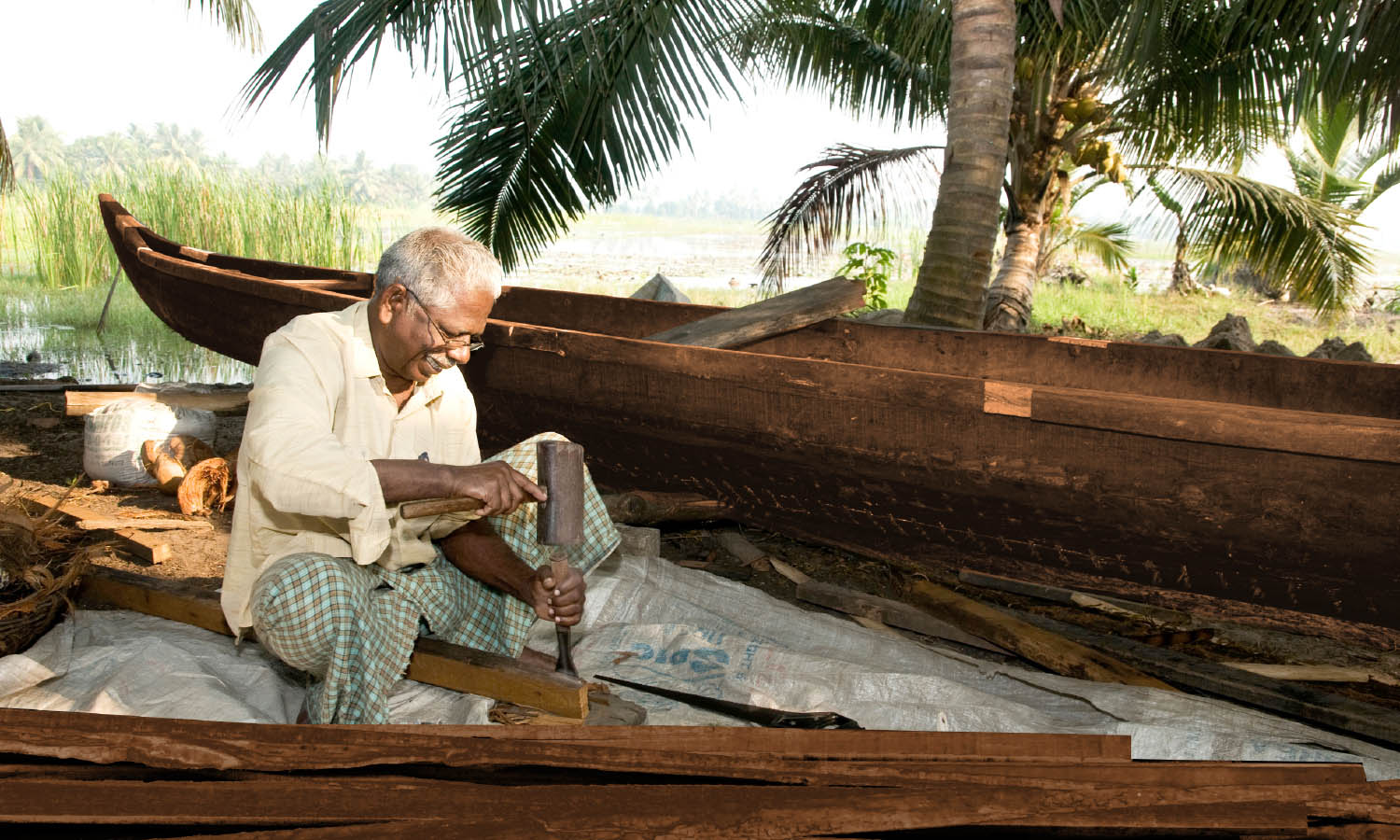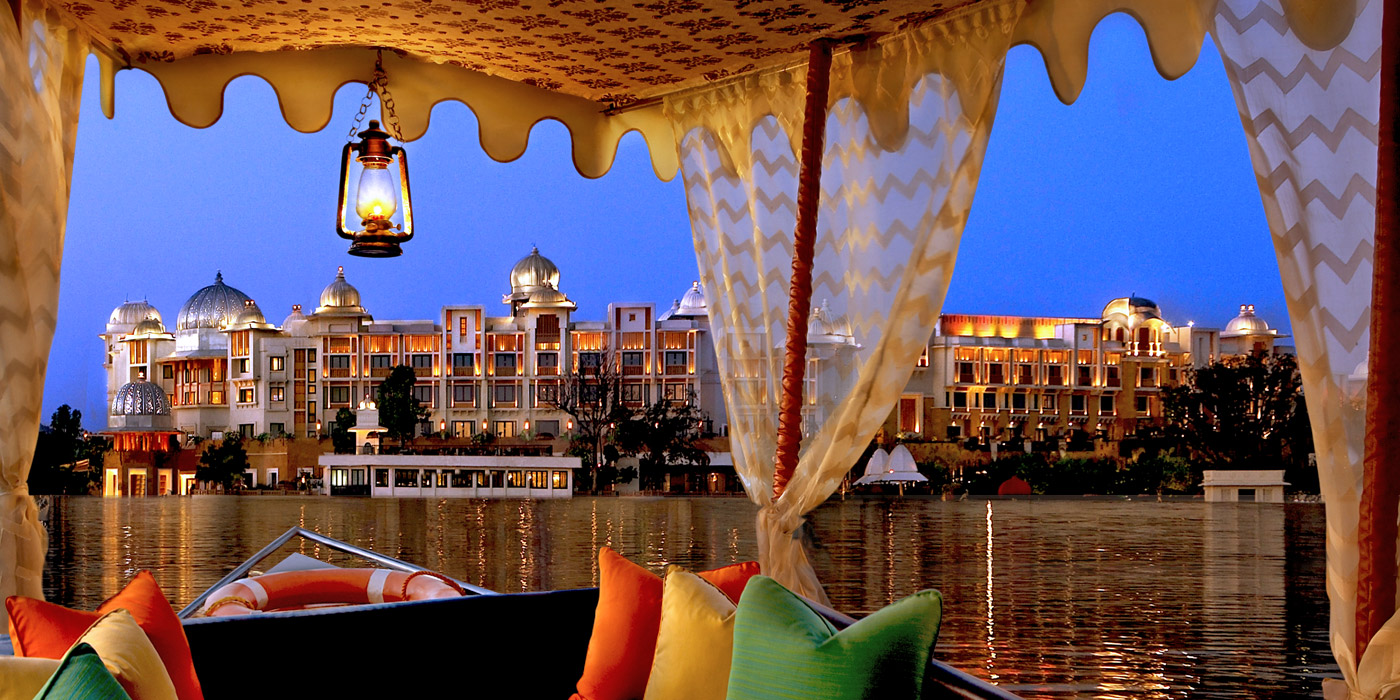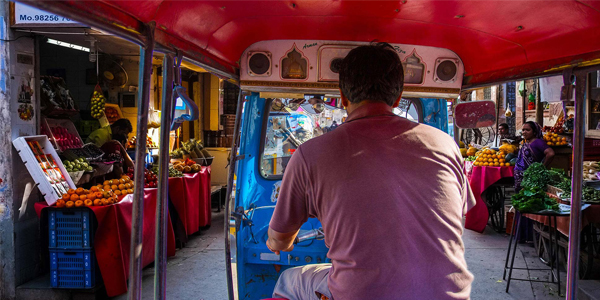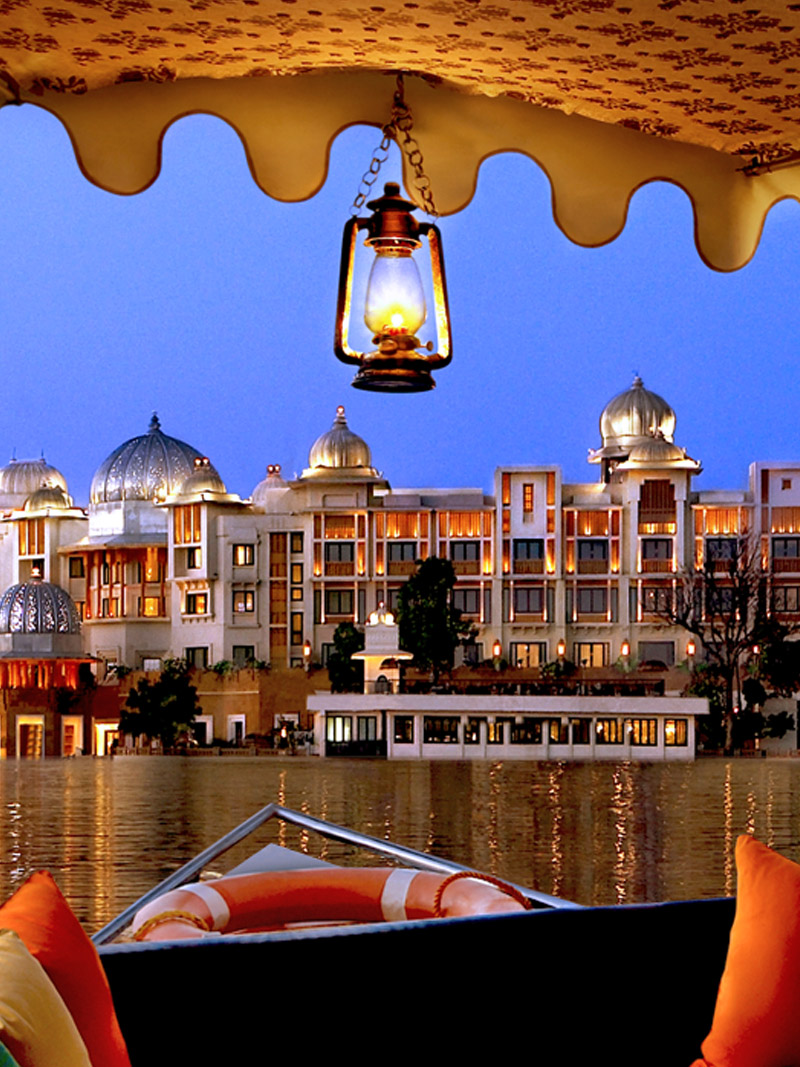

- Home/
- Explore/
- Featured Experiences/
- India/
- Kerala/



The urus (country craft) trace their origins to the coastal town of Beypore near Kozhikode in Kerala. Several centuries ago, these ‘Fat’ boats, known as pathemaris, carried spices and condiments across the Indian Ocean from India to the Arab countries; and have been silent witnesses to the flourishing maritime trade on the Malabar Coast. The uru still has a huge market in the Middle East.
Beypore has been a renowned ship-building centre for centuries. In ancient times, the urus were completely handcrafted – right from
The urus (country craft) trace their origins to the coastal town of Beypore near Kozhikode in Kerala. Several centuries ago, these ‘Fat’ boats, known as pathemaris, carried spices and condiments across the Indian Ocean from India to the Arab countries; and have been silent witnesses to the flourishing maritime trade on the Malabar Coast. The uru still has a huge market in the Middle East.
Beypore has been a renowned ship-building centre for centuries. In ancient times, the urus were completely handcrafted – right from joining the planks to smoothing the edges to cutting and fixing wood – by traditional shipbuilders known as Khalasis. Local teak wood from the town of Nilambur nearby was used for the hull for its long life and endurance. Although these days machines are also used to save time and energy, the major work, however, is still done manually. At the harbour at the mouth of the River Chaliyar, you can see colossal boats (some 65m long and 700 tonnes in weight!) being worked on. It often takes 50 Khalasis over a year to carve and shape an uru out of teak and jackfruit timber.
We made the effort to climb up to the top, with the help of a wooden ladder and a rope to hold on to. Atop the uru, it was a great feeling looking out at the sea…as if we were on a majestic carrier…ready to conquer the waters ahead.




Sign up for travel updates, exclusive offers & inspiration!

